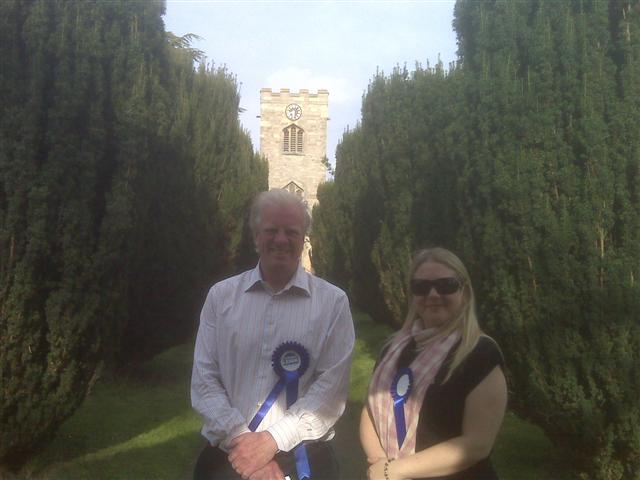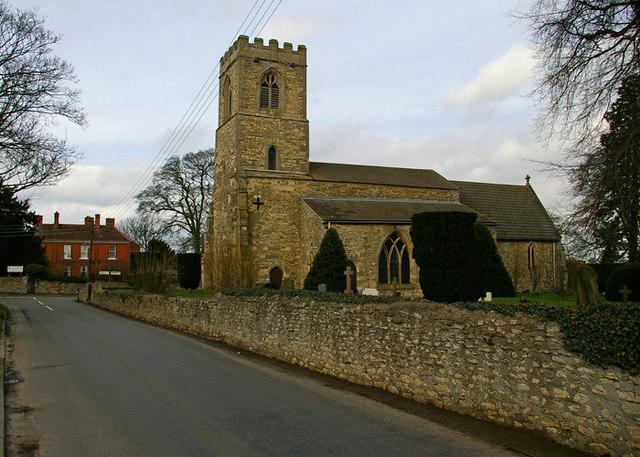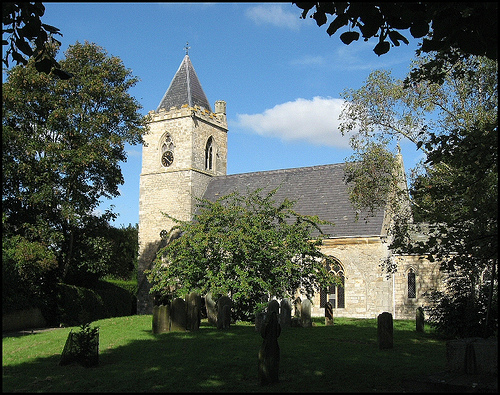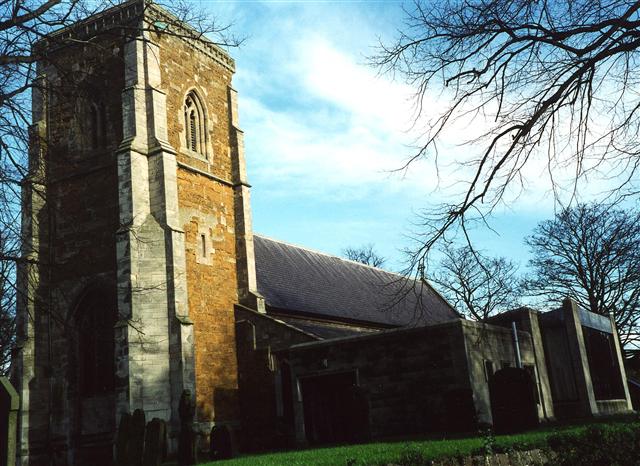
We campaigned in Marshall’s Yard in Gainsborough. We first contented ourselves with saying Good Morning and talking to those who wanted to stop. I find this is a better approach than trying to hand out leaflets which people usually don’t want.
Gainsborough is, thanks to recent regeneration, a bustling, pleasant place. In addition to this those gems, the Old Hall and parish church are always there. In the afternoon I drove to Durham to take my son back to university. I just managed to get into the Cathedral before it closed. I then ambled around Palace Green and the Old Bailey. On Prebends Bridge is inscribed the following poem which I managed to remember.
Grey Towers of Durham
How well I love thy mixed and massive piles
Half church of God, half Castle ‘gainst the Scot
And long to wander in these venerable aisles
With records stored of deeds long since forgotten.
— Sir Walter Scott (1771-1832)
It is indeed a great delight to wander these quiet and almost deserted places. To listen to the bells of the Cathedral chiming the hours, there is even a distinctive smell to the place that brings back memories of friends now gone.
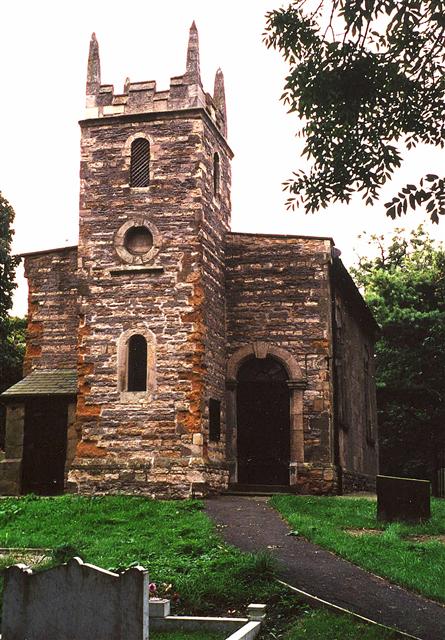
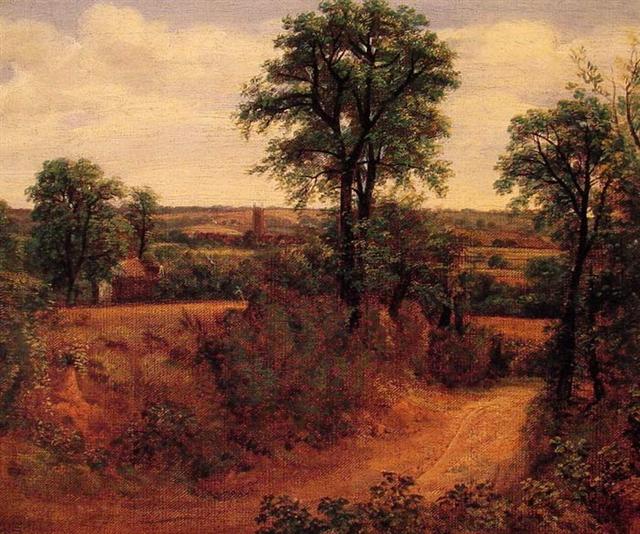
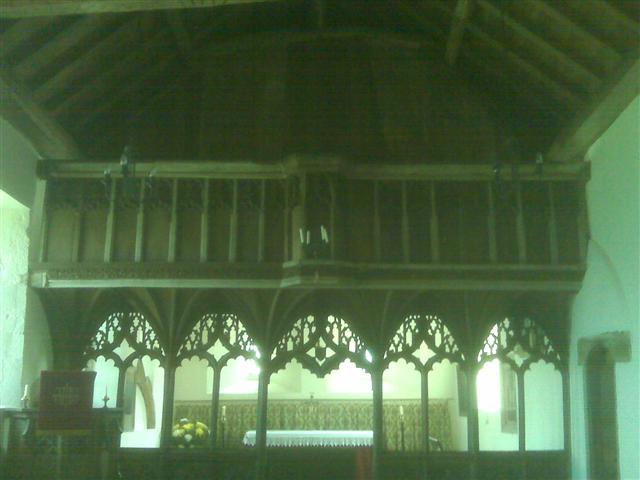
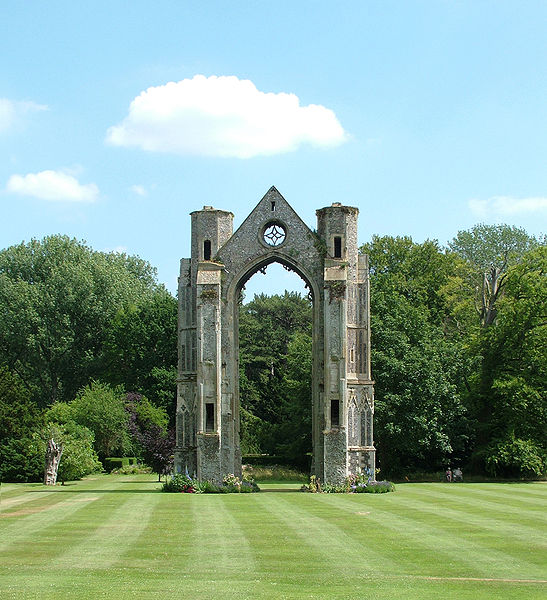



 Whilst canvassing in the tiny, remote village of West Torrington I took the opportunity to visit the church. I stood in this quiet spot not realizing that the first vicar here had been St Gilbert of Sempringham in the twelfth century. St Gilbert was the founder of the monastic order of Gilbertine. How strange that from this very place one of the towering figures of medieval monasticism started his career. I later went back into the churchyard and tried to imagine him there.
Whilst canvassing in the tiny, remote village of West Torrington I took the opportunity to visit the church. I stood in this quiet spot not realizing that the first vicar here had been St Gilbert of Sempringham in the twelfth century. St Gilbert was the founder of the monastic order of Gilbertine. How strange that from this very place one of the towering figures of medieval monasticism started his career. I later went back into the churchyard and tried to imagine him there.
